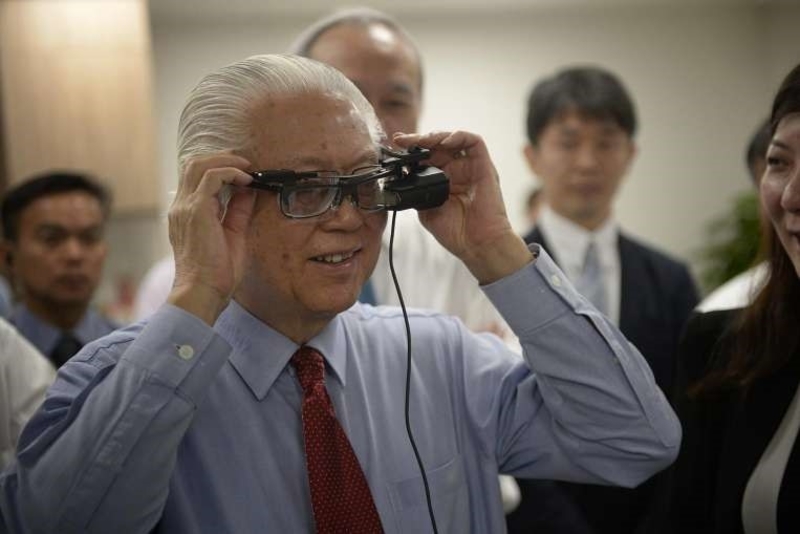
For more than three years now, Singapore’s
Integrated Building (IB) has fostered a new way to help patients recover
faster, and transition them to everyday living. The IB is collaboratively
operated by Changi General Hospital (CGH) and a community hospital – the first
of its kind in Singapore.
The IB focuses on providing rehabilitation
and outpatient services through a family-centred model of care. Simply, this
model of care reimagines traditional public health models as it provides
opportunities for patients to take charge of their pace of recovery.
It is public-private partnerships like these
which provide patients the best chance of recuperation. Furthermore, as
Singapore’s population ages, and the demand for better healthcare services
surges, the benefits from tie-ups like these are numerous.
Tech
Goes to Rehab
One of the key changes implemented in the Singapore’s
Integrated Building (IB) is
the use of technology. Although the cold touch of robots might not sound
appealing to everyone, the slew of technologies implemented at the IB has proved
otherwise.
CGH’s CEO Dr. Lee claimed that the technological
innovation has enhanced patient experience. The reason lies in the freed-up
time for hospital staff after using assistive technology. With more time to
spare, sorely needed face-to-face interaction with patients increases. Human
touch is not sacrificed after all. Dr Lee hopes that the initiatives launched
at the IB can be replicated across all departments at CGH.
The collective outcome of innovations in
healthcare translate into less time spent doing administrative and laborious
duties. Innovations such as the Medical Devices Interface (MDI) auto-fills data
from blood pressure and heart rate readings into an online system.
A voice activated device acts as a
hands-free communicator system between hospital staff. Patients can be attended
to urgently with less in-between waiting time. Finally, trackless autonomous
transporter robots, affectionately known as HOSPI, are used to route specimens
and medicines throughout the IB. Innovations like HOSPI were possible through a separate
public-private partnership. Human labour can consequently be
redirected into more meaningful work. This also eases the manpower constraints
among healthcare professionals in Singapore.
Tech
Initiatives at the Integrated Building
Other notable tech innovations at the IB
include Augmented Reality Games and a Floor Projection System as part of the
physical therapy process. The Floor Projection system for example is used to
improve gait and balance training. Such innovation is game-changing for the
soon silver population in Singapore since the aged are prone to fall related
injuries.
The IB has also collaborated with other
education, healthcare and non-profits to launch a rehabilitation program which
features cutting edge programs. Turning heads on traditional therapy programs
using technology allows patients to self-direct their rehabilitation in an engaging
manner.
Furthermore, the goldmine of data collected
from these tech therapy sessions form useful feedback to chart a patient’s
progress. Eventually, healthcare professionals can use it to tailor unique
programs to accelerate recovery.
Overall, assistive technology for
rehabilitation has extraordinary value for healthcare professionals and
patients keen on self-care. Since the IB’s unveiling in 2015, Singapore has
engaged in other high-tech solutions, such as wearable technology, to involve
citizens in taking charge of their own well-being.
















